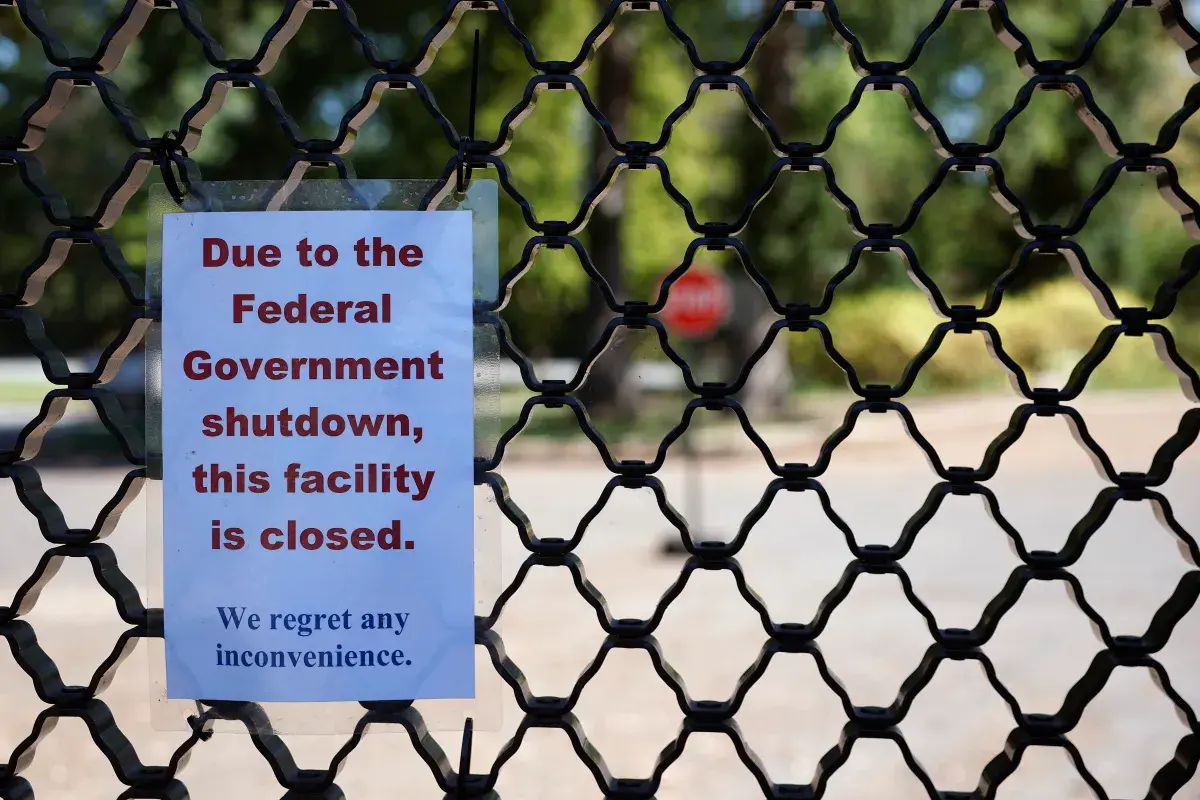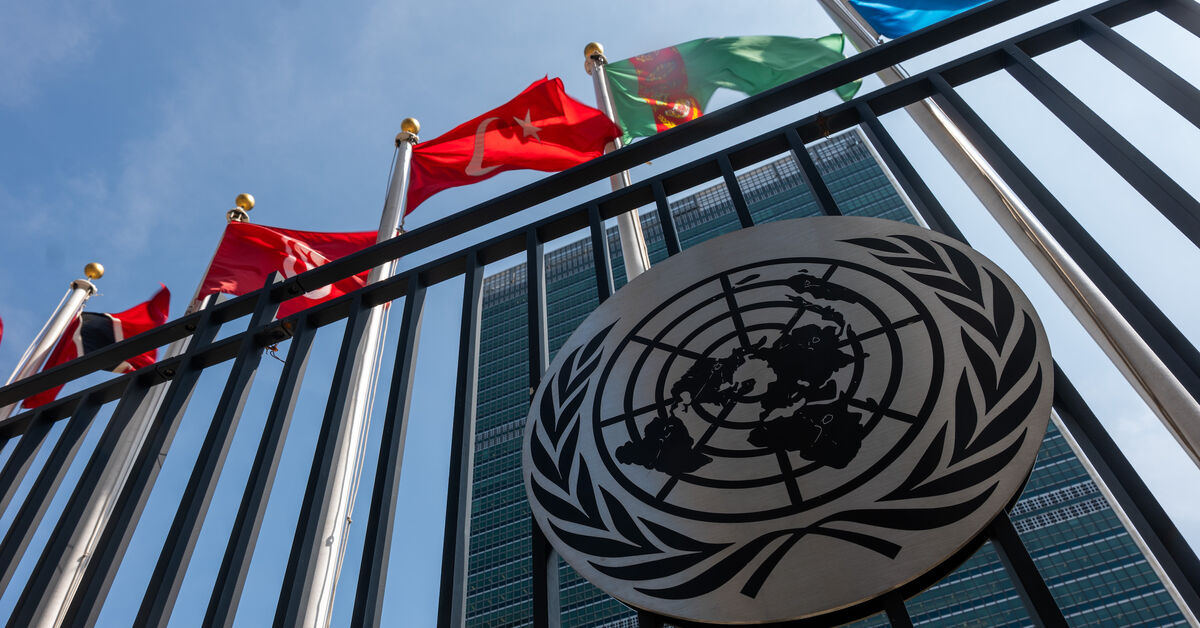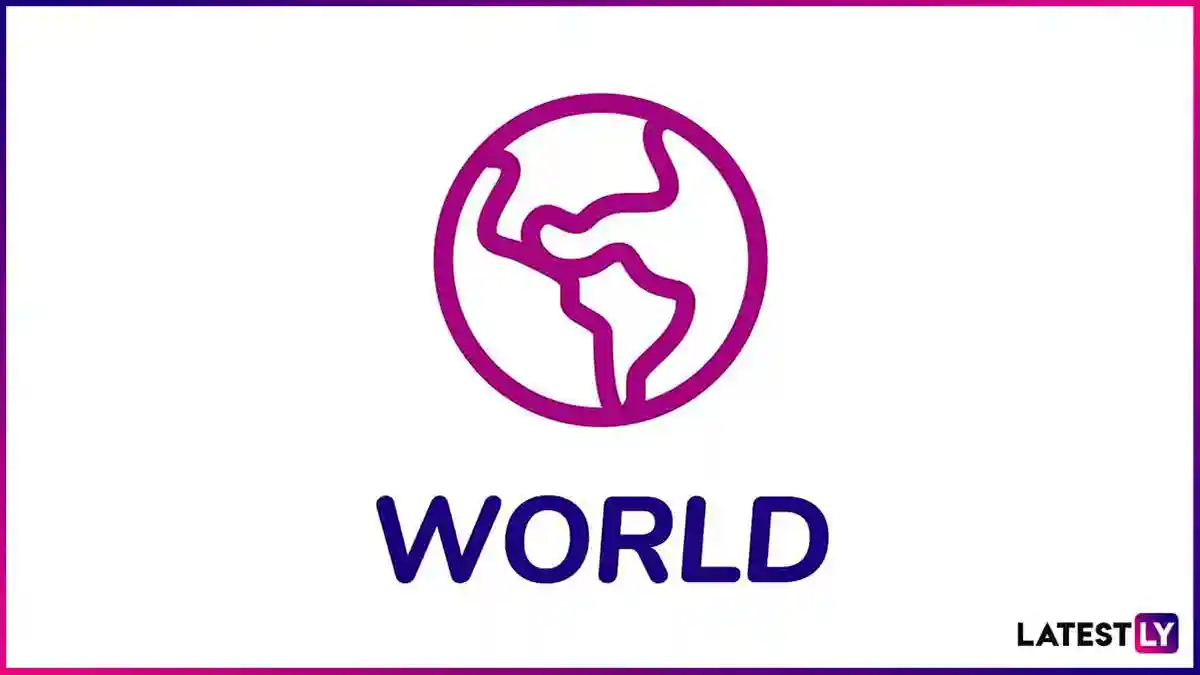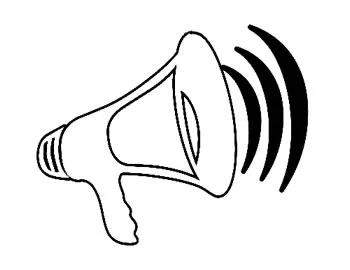
U.S. lawmakers are under pressure to end the government shutdown as it enters its second full day.
After Congress could not agree on a funding measure, the U.S. government shut down at midnight on Tuesday. This has meant that non-essential government services have shuttered, affecting millions of Americans, and creating uncertainty in the global economy.
An impasse exists because Democrats want a deal to secure healthcare provisions, while Republicans have raised concerns about costs and the extent to which migrants should have access to healthcare.
There are three ways the government shutdown might end.
1. A Short-Term Deal To Buy Time
Congress could pass a temporary stopgap spending bill, known as a continuing resolution (CR).
This would reopen government agencies for a limited period—two or three weeks—giving Congress and the White House more time to negotiate a longer-term agreement.
However, a temporary solution might not last, and negotiating a permanent agreement may prove challenging.
2. A Piecemeal Reopening With Mini-Bills
Another option being floated on Capitol Hill involves passing a series of “mini-bills” to fund specific parts of the government—like defense, veterans’ services, or border security—while negotiations continue on more politically contentious areas like health.
This would mean sectoral reopening, allowing the most politically urgent or essential services to resume while others remain shuttered.
While this would soften the impact of the shutdown, it risks leaving swaths of the government in limbo, and may further entrench partisan divides if both parties cherry-pick their priorities.
3. A Full Omnibus Deal With Major Policy Concessions
The most comprehensive solution—an all-in omnibus spending package—would settle funding for the entire fiscal year and likely include compromises on President Donald Trump’s biggest budget priorities.
Given the two parties clashed to the extent that the government went into shutdown, this option is unlikely in the short term. However, as this would solve the shutdown crisis, this is the most desirable outcome.
Nevertheless, speaking to POLITICO, Senate Majority Leader John Thune, a Republican, said he was willing to negotiate with Democrats. “Some of those conversations are happening,” he said. “With our members and their members there’s a lot of back-and-forth going on right now about some of the things they would like to see happen.”
Meanwhile, Thomas Gift, the founding director of the University College London Centre on U.S. Politics told Newsweek one side might soon cave. “The longer the shutdown goes on, the more likely it is that pressure will mount on one side to fully cave,” he said. “Historically, prolonged shutdowns tend to erode public patience and push lawmakers to compromise, but they also create political asymmetries. What’s unclear in this case is whether the caving will come from the Democrats or the Republicans, since polls show a plurality of voters blame both sides. That makes winning the political argument that much more important in the coming hours and days.”
What Happens Next
While betting odds suggest many Americans believe the shutdown could last for weeks, it is unclear how long it will continue. Multiple agencies have shut down nonessential services until further notice.



